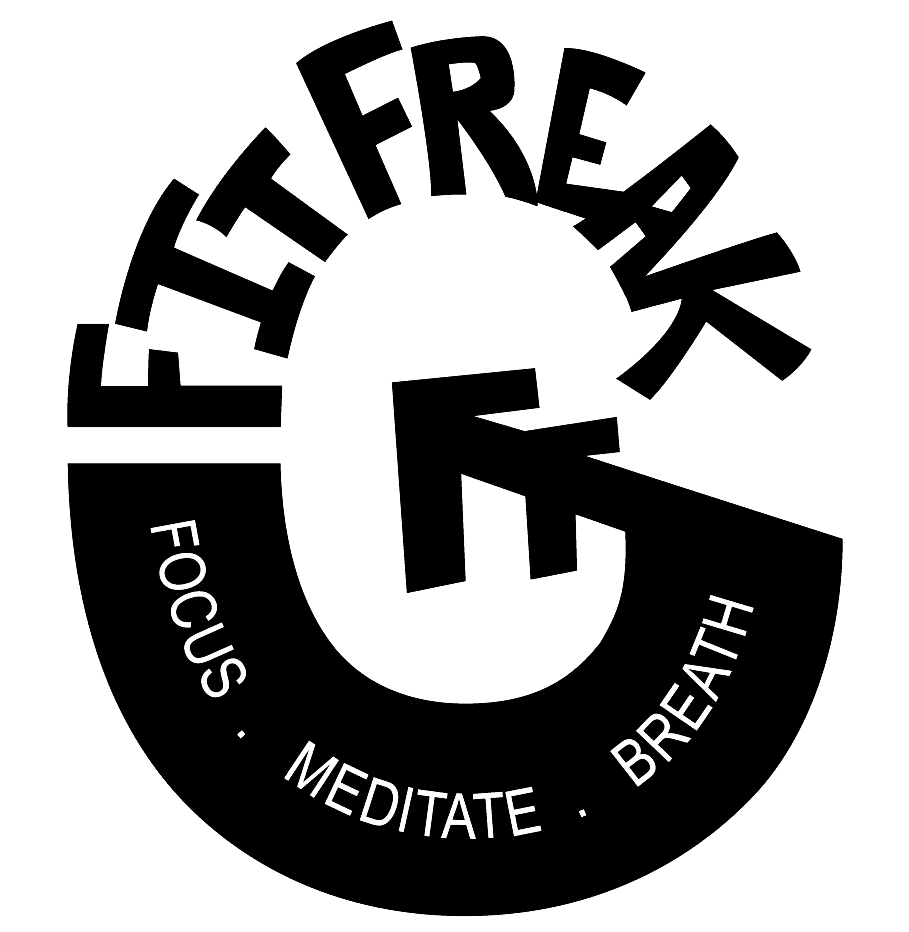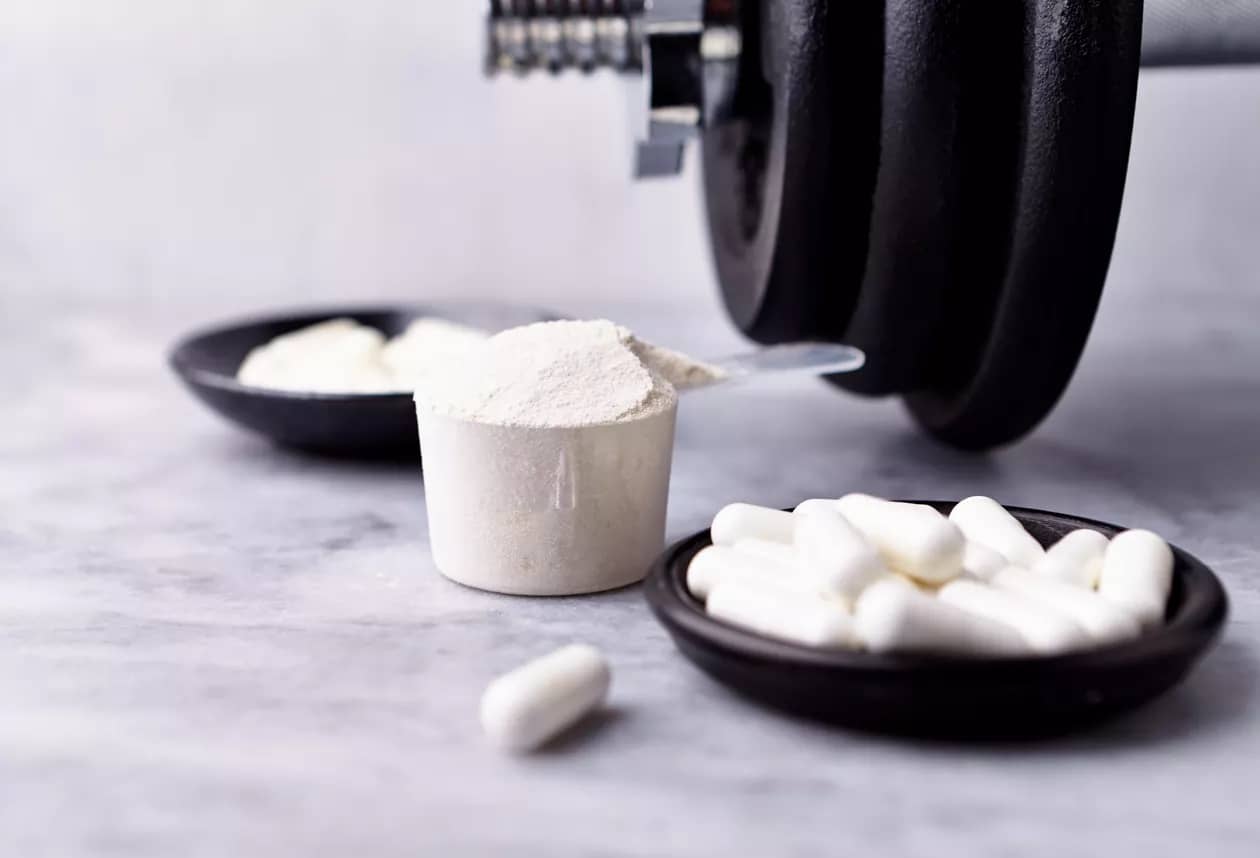Safest Creatine available today according to Science: 2024
As a physical enthusiast and Personal Trainer with 7+ years of experience, I often get asked about the safety of creatine supplements and if it is safe which is the safest creatine available today.

Creatine is one of the most popular supplements used by athletes and fitness enthusiasts to improve their performance and muscle growth. However, with so many creatine products available in the market, it can be challenging to determine which one is the safest creatine.
In this article, we will discuss the science behind creatine supplementation and identify the safest creatine products available in the market.
Understanding Creatine
Creatine is a naturally occurring compound found in our muscle cells. It plays an important role in energy production especially during high-intensity activities such as weight lifting, sprinting, and jumping. Our body can produce creatine on its own, and we can also get it from foods like red meat and fish.
If we talk about Creatine as a supplement, it is taken primarily to increase the creatine stores in our muscles, which can help improve exercise performance, increase muscle mass, and enhance recovery. This is the whole reason creatine has become one of the most popular supplements in the fitness industry.
Is Creatine Safe?
Whenever we talk about creatine, I remember instead of asking what is creatine. Everyone ends up asking if is Creatine Safe to consume.

Creatine is generally considered to be safe when used in appropriate doses(3-5gm) and drink enough water with it(4-5ltrs). Studies have shown that short-term creatine supplementation (up to six months) is safe for healthy individuals. However, as always nothing is perfect and Creatine also has a few potential side effects to be aware of, such as:
1. Gastrointestinal Distress
Creatine supplementation can cause digestive problems such as nausea, stomach cramps, and diarrhea.
2. Dehydration
Creatine draws water into our muscles. Which helps provides muscles with oxygen when we work out and make them look big. This can cause dehydration if we don’t drink enough water.
Note: When taking Creatine make sure to drink at least 4-5 liters of water every day.
3. Weight Gain
As creatine draws water into our muscles. Creatine supplementation can cause weight gain due to the increased water retention in our muscles.

4. Creatine and Kidneys Damage
Although, There is no evidence to suggest that creatine causes kidney damage in healthy individuals. However, people with pre-existing kidney problems should avoid creatine supplementation.
Now that we have a better understanding of whether Creatine is Safe and its potential side effects in an individual. Let’s quickly dive into our main topic of the day.
Safest Creatine According to Science
To better understand which is the safest creatine available in today’s date in market. We need to know first what are the different types of creatine available.
There are 5 types of known Creatine variants available in the market in today’s date:
1. Creatine HCL
Creatine hydrochloride (HCL) is a newer form of creatine that has been gaining popularity in recent years. It’s claimed to be more soluble and easily absorb able by our body than creatine monohydrate.
However, as there it is a newer form of creatine there is very limited research supporting its safety and efficacy.
2. Buffered Creatine
Buffered creatine is another newer form of creatine in the list that’s claimed to be more pH-neutral (less acidic) than other forms of creatine, which can reduce the risk of gastrointestinal distress (Stomach problems).
However, same as Creatine HCL this also has very limited research supporting its safety and efficacy.
3. Creatine Ethyl Ester
Creatine ethyl ester is a form of creatine that’s claimed to increase bioavailable (The ability of a drug or other substance to be absorbed and used by the body) than creatine monohydrate.
However, it also has very limited research on its safety and efficacy.
4. Micronized Creatine
Micronized creatine is another popular form of creatine in the market. It is similar to creatine monohydrate, but the particles are smaller compared to creatine monohydrate which makes it easier to dissolve in water. It also makes it easier to be absorbed by our bodies.
You can consider it as safe and effective for most healthy individuals. However, In this article, we are covering the confirmed safest creatine available today. So, Let’s quickly jump on it.
5. Creatine Monohydrate (safest creatine)
Now coming to the safest creatine on the list. It is the most commonly used type of creatine and is the most researched among any other form of creatine out there. It has been shown to be safe and effective in numerous studies.
Creatine monohydrate is made up of creatine and water molecules, making it easily absorbable by the body. It is also the most affordable type of creatine.
Other Creatine types, Creatine HCL, and Creatine ethyl ester usually get marketed as more soluble and effective than creatine monohydrate. However, There is little to no research to support these claims. In fact, these types of creatine have not been shown to be any more effective than creatine monohydrate.
Why is Creatine Monohydrate considered to be the safest?
Creatine monohydrate has been extensively researched throughout the years and has been found to be safe when taken within recommended doses. In fact, the International Society of Sports Nutrition (ISSN) has stated that creatine monohydrate is the most effective supplement for increasing high-intensity exercise capacity and lean body mass during training.
The safest way of creatine use:
The recommended dose of creatine monohydrate is 3-5 grams per day.
It is important to note that taking excessive amounts of creatine can lead to side effects such as stomach upset, cramping, and diarrhea. Therefore, it is important to follow the recommended dosage guidelines.
Also, Make sure to drink enough water to rehydrate your body. Drink at least 4-5 liters of water a day.

Table: Comparison of Safest Creatine Types
| Type of Creatine | Absorption | Effectiveness | Safety | Cost |
| Creatine Monohydrate | Easily absorbed | Most researched and effective | Safe when taken in recommended doses | Most affordable |
| Creatine Ethyl Ester | Poorly absorbed | Not more effective than Creatine Monohydrate | Insufficient data to prove safety | Expensive |
| Creatine HCL | Easily absorbed | Not more effective than Creatine Monohydrate | Insufficient data to prove safety | Expensive |
Conclusion
In conclusion, It is a confusing topic as there are so many types of creatine out there and brands usually promote newer as better. However, when it comes to health it is always better to go with the more researched supported to not take any risk.
Creatine monohydrate is the safest creatine supplement according to science. It is the most researched and effective type of creatine and has been found to be safe when taken in recommended doses. Other types of creatine have not been shown to be any more effective than creatine monohydrate and may even be less safe.
Disclaimer: It is important to follow the recommended dosage guidelines and consult a healthcare professional before starting any supplement regimen.
If you find anything useful, consider sharing and following us on our social groups (Facebook, Telegram, and Instagram) to be a part of a healthy community.
For any suggestions and questions, you can contact us directly or Comment below. We will surely receive a reply to every question and we actively look at every suggestion.
FAQ
Q1. Creatine with milk or water?
You can take creatine anyhow you want. There are no side effects or differences found in any studies. However, keep in mind milk has lactose in it and if you take creatine with milk and you are lactose intolerant, it can cause stomach issues.
Q2. Is Creatine good for weight loss?
Creatine can be helpful in cutting fats by boosting your workout energy. However, it totally depends on how intense you are working out. Creatine will not work in itself for weight loss. In fact, it can increase your weight by storing water in your muscles.
Q3. What is the best way to take creatine?
You can take creatine by mixing it with any beverage of your choice or in water. However, I would personally suggest taking it with water to increase its absorption rate. If you are talking about timing, there can be taken as pre-workout and post-workout as well. However, as per some recent studies, taking creatine right after a workout seems to be more effective.
Q4. The natural level of creatine in body?
Our body including the liver, pancreas, and kidney produces 1gm of creatine per day naturally. You can also get creatine from red meat and seafood.








One Comment